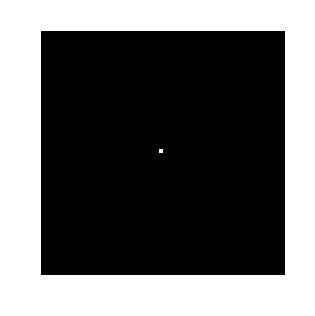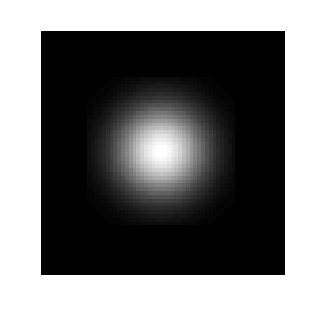Blur - Deblurring an Atmospheric Blurred Image
During my Ph.D. I made a java applet demonstrating an inverse problem. This article brings the applet back. You will need a very old browser setup in order for it to work.
When light passes throug e.g. air it gets blurred. That is why telescopes are built on top of mountains so that the weak light from the stars travels through less air.
The extreme case is the Hubble telescope placed in orbit around the earhth without any atmosphere to distort, i.e., blur the image. However, when Hubble was first put into service a construction error showed up which unfortunately distored the image. This construction defect was later corrected by giving the telescope glases.
This example shows how a nearsighted Hubble telescope or a telescope placed on earth can be helped by means of mathematics.
A simple blurring function
In this example we assume that the blurring is the same everywhere in the detected picture — it is spatial invariant. To illustrate how the blurring works the pictures below show how an picture of a point is blurred.
| Point | Blurred Point |
 |
 |
Goint from the left picture to the right is easy, but the inverse operation going back from the right to the left is much harder. It is a socalled ill-posed inverse problem, and regularization is called for.
The Deblurring Applet
Last update of applet 2001-12-18.
A number of parameters control the generation of the example problem:
-
n: The number of pixels in each direction. Keep this small for fast calculations. The maximum is 200.
-
blur: The “degree” of blur. A large number yeilds a wide point spread function and thus an very ill-conditioned problem.
-
noise: To each measurement we add a gaussian distributed random number with standard deviation noise to simulate measurement inaccuracies.
-
outliers: A number of outliers (extremely false) measurements can be added to further complicate the solution process.
Three basic regularization methods are provided to illustrate the solution:
-
T-SVD, Truncated SVD: From a project description
-
CGLS, Conjugate Gradient Least Squares - an adoption of the iterative conjugate graident/CG method for least squares methods.